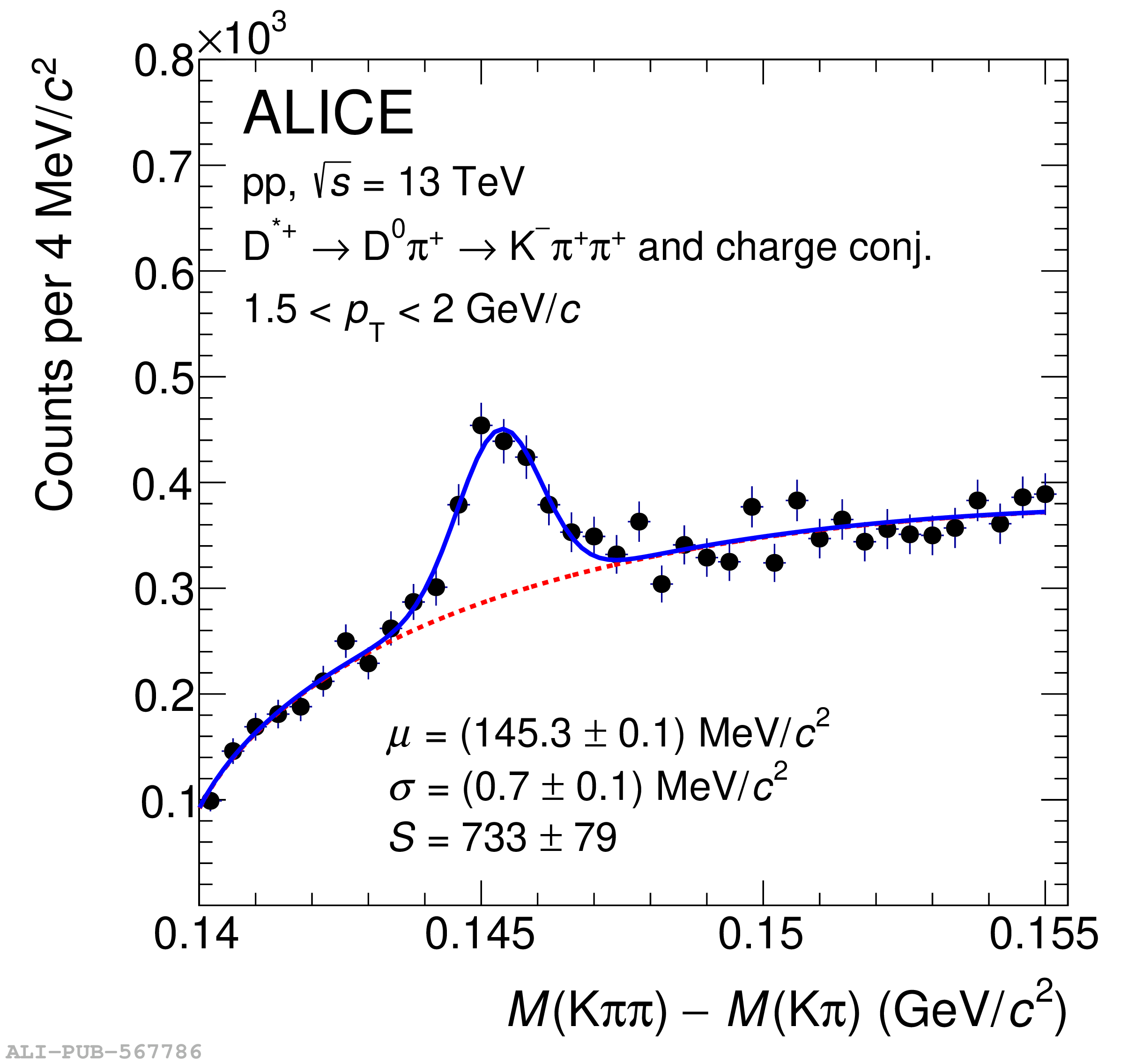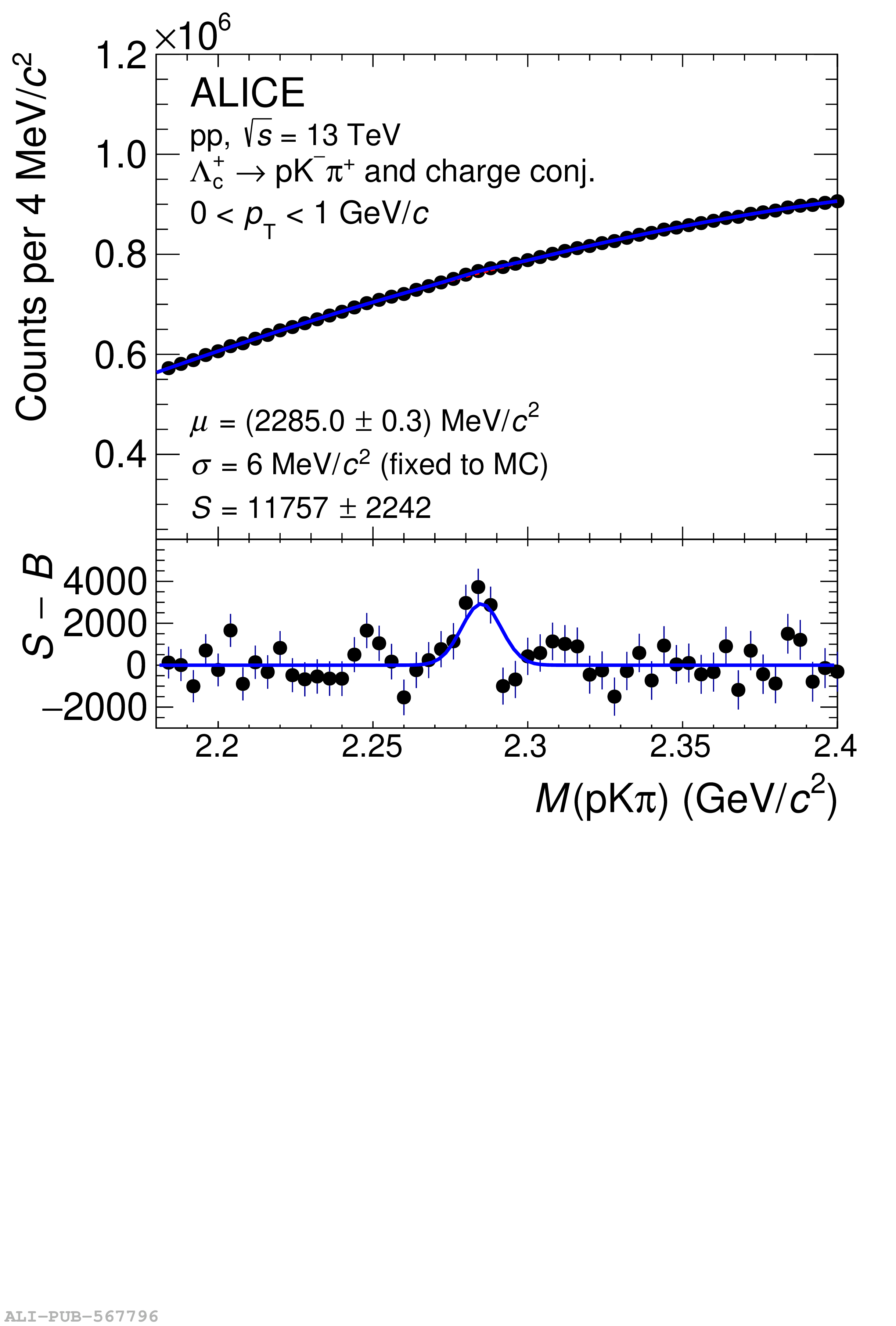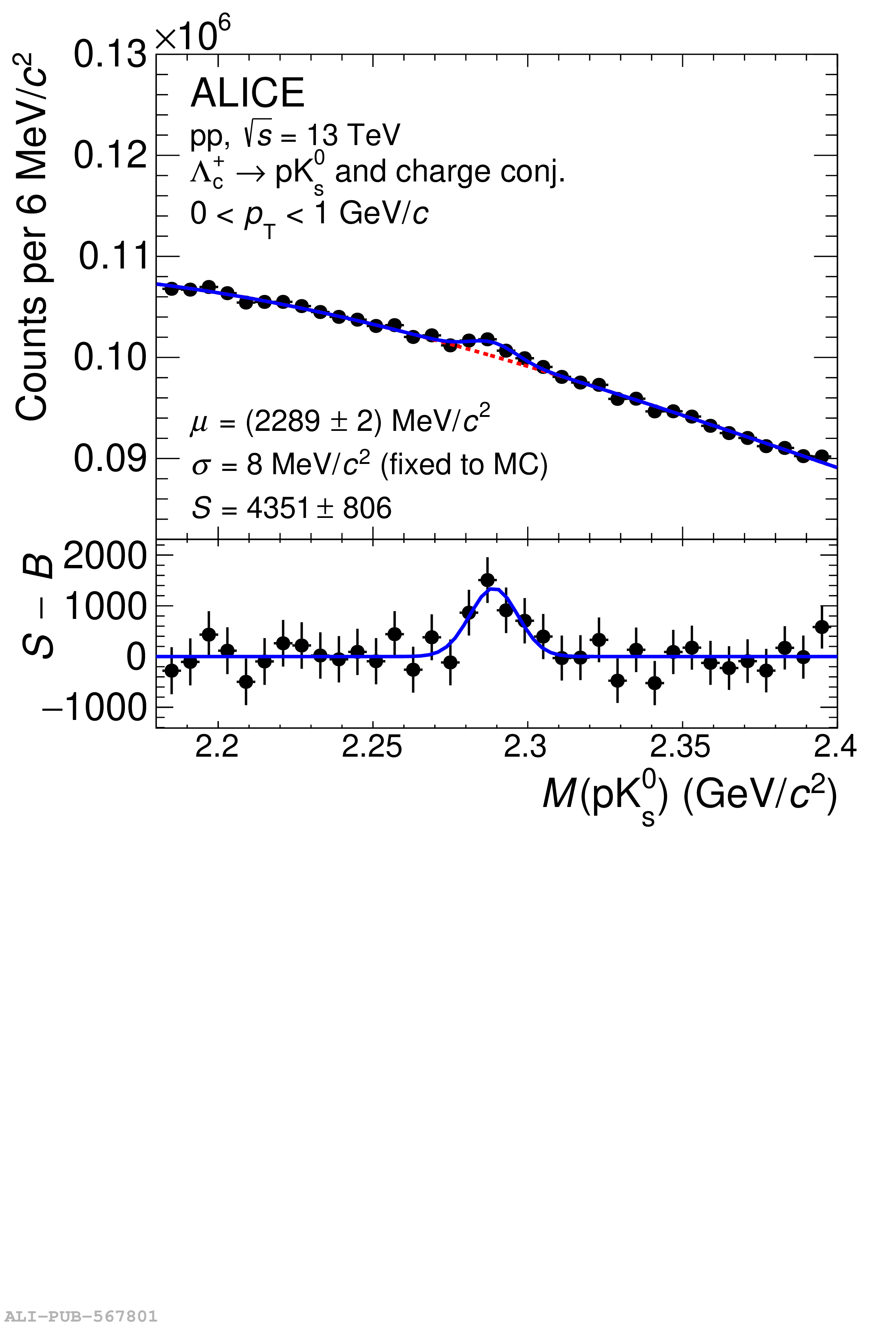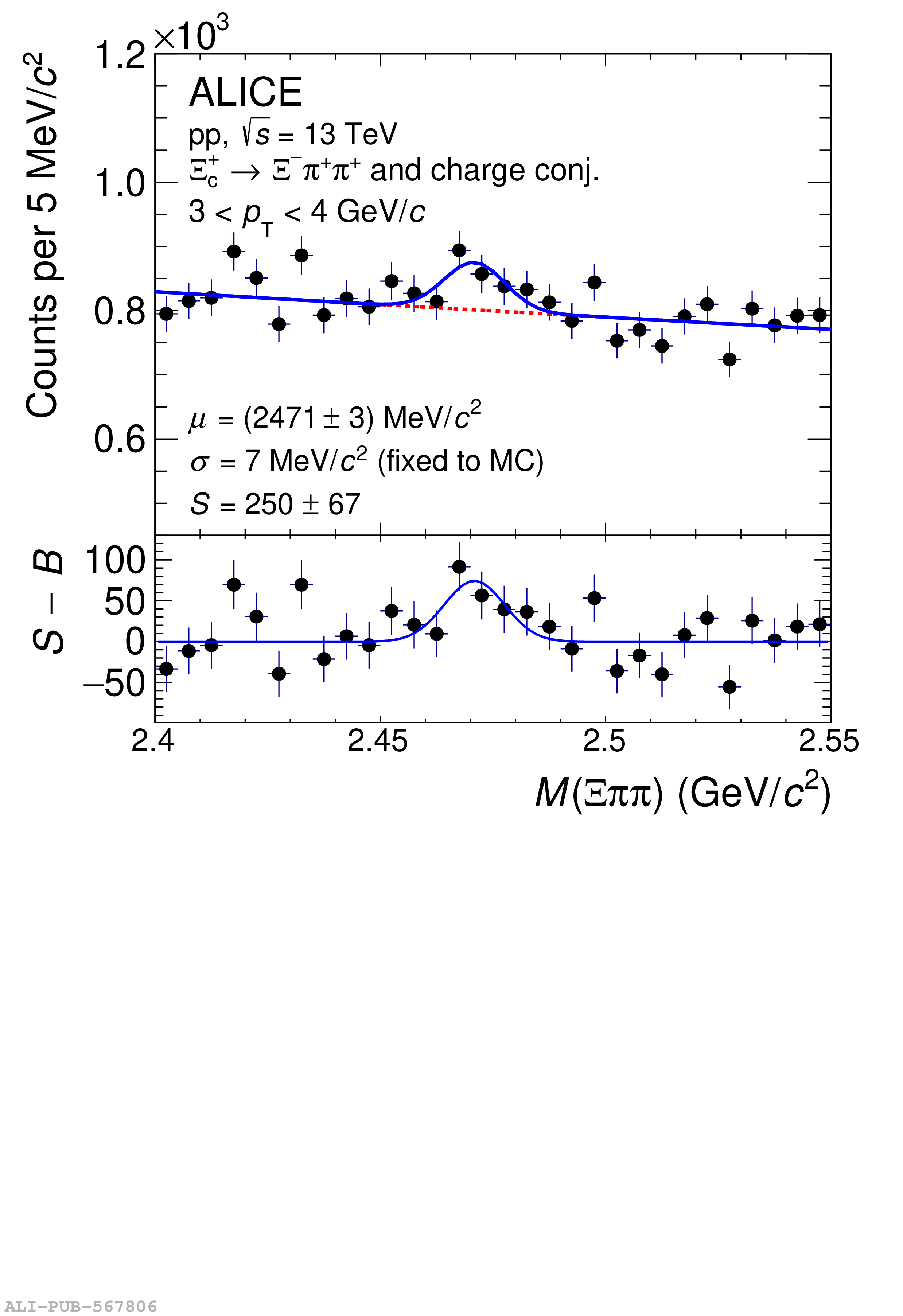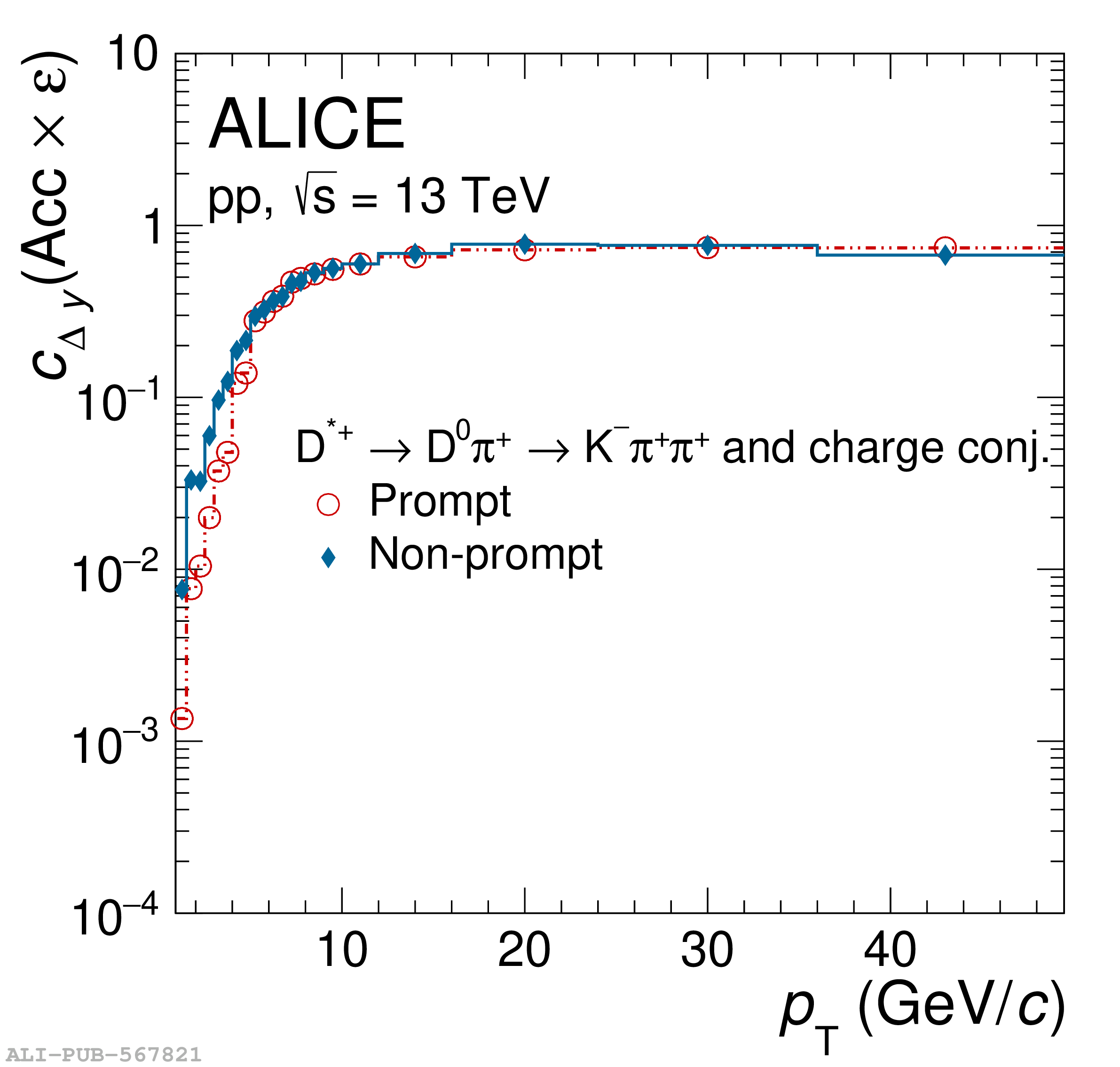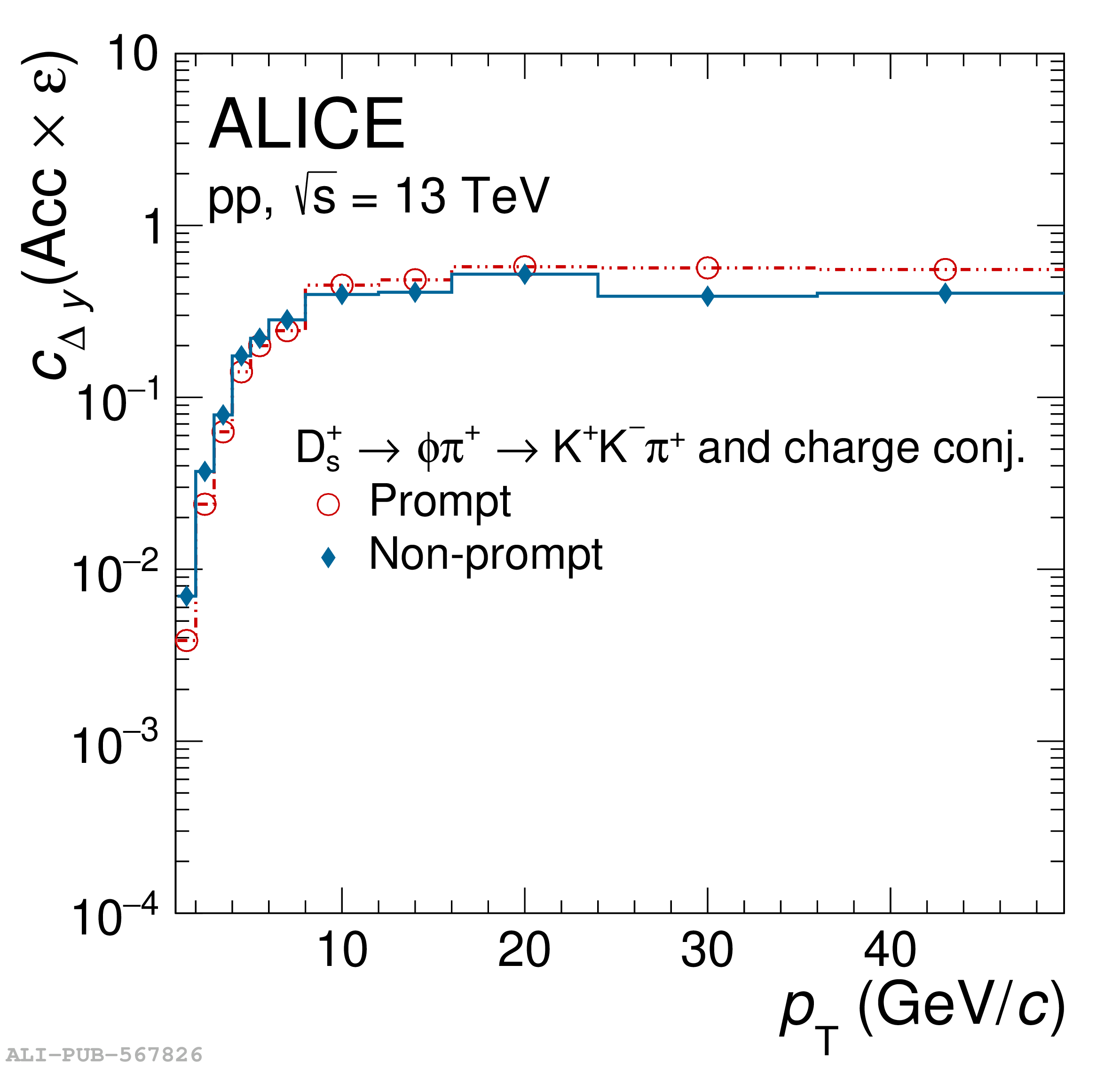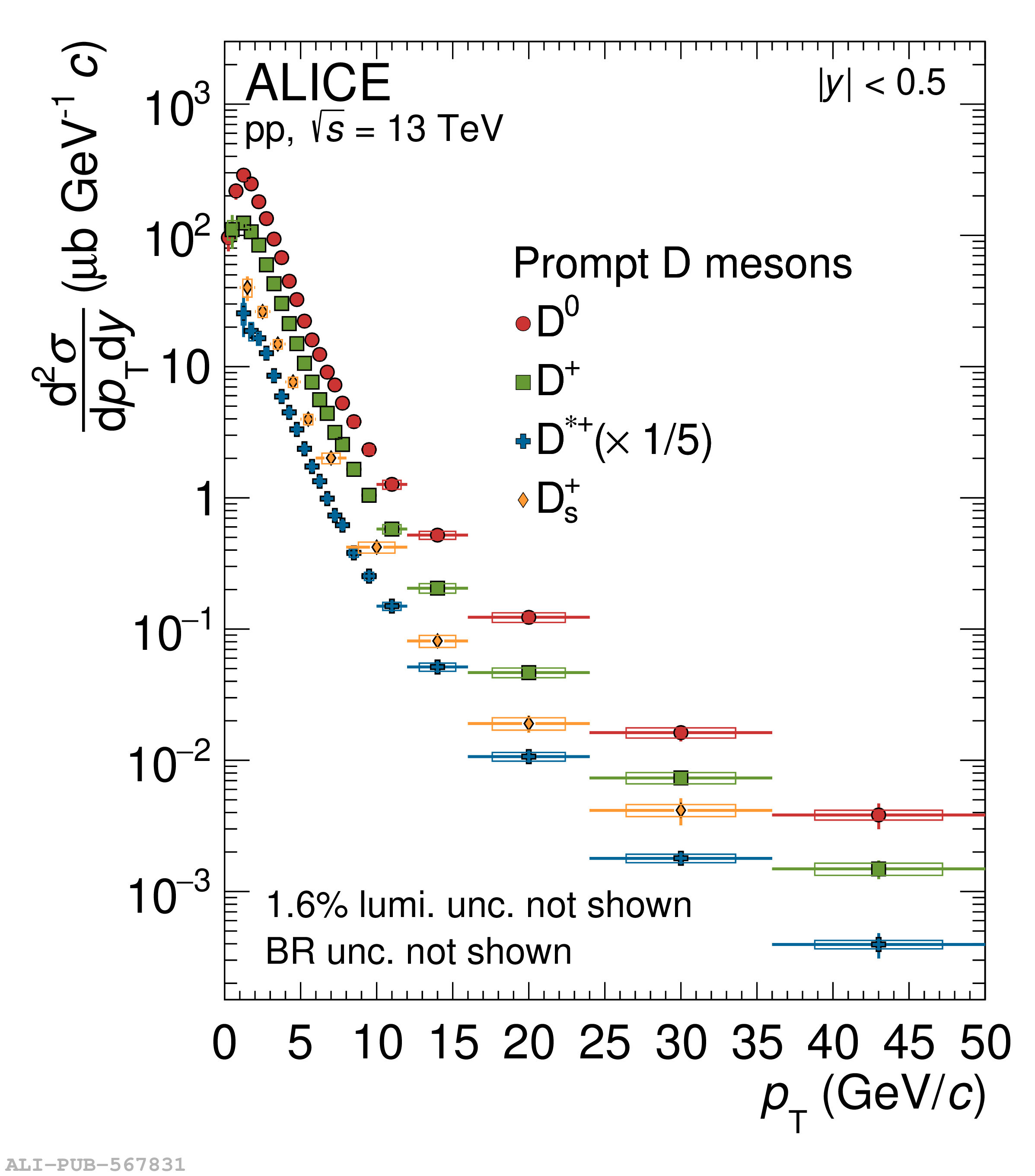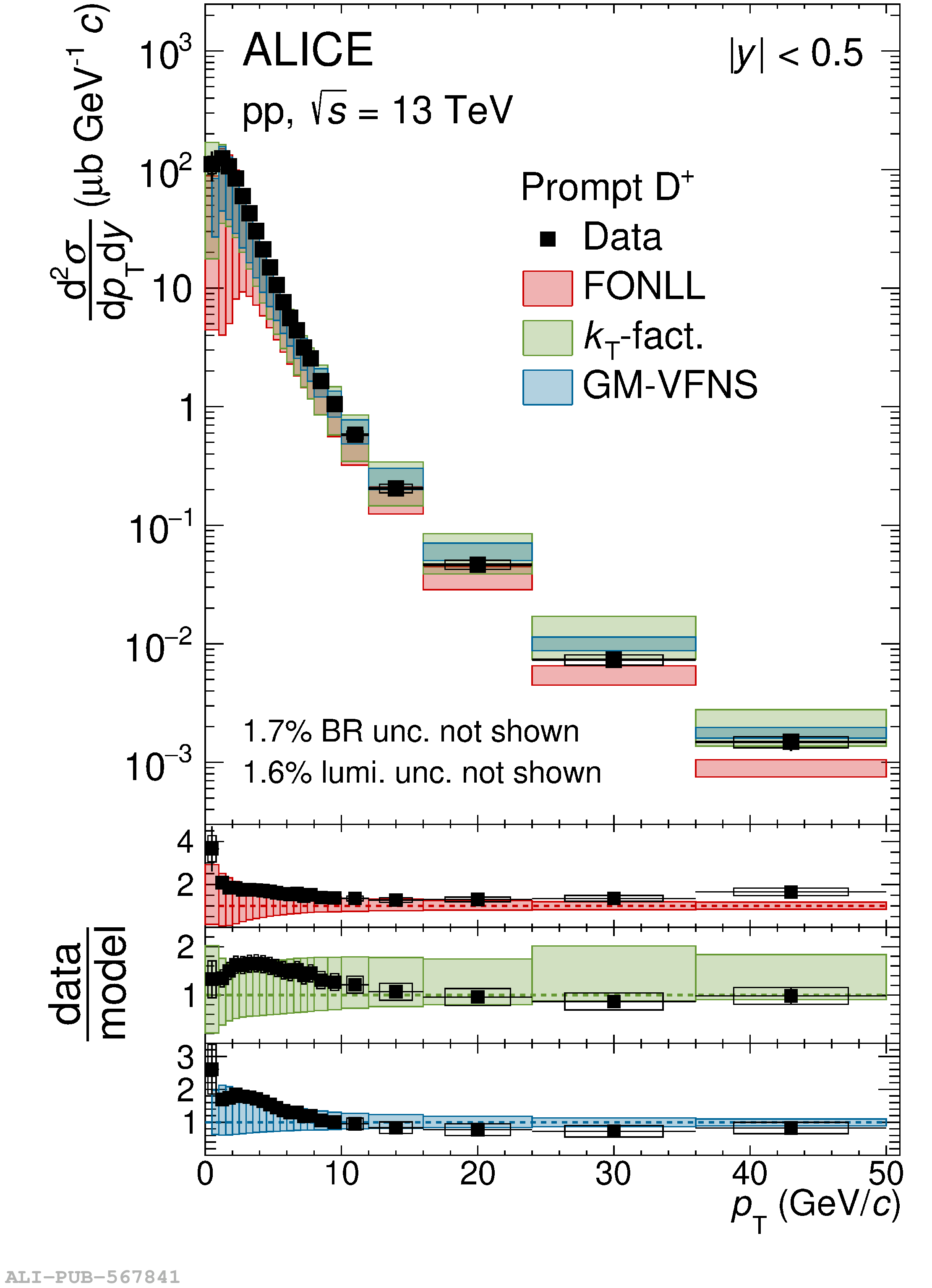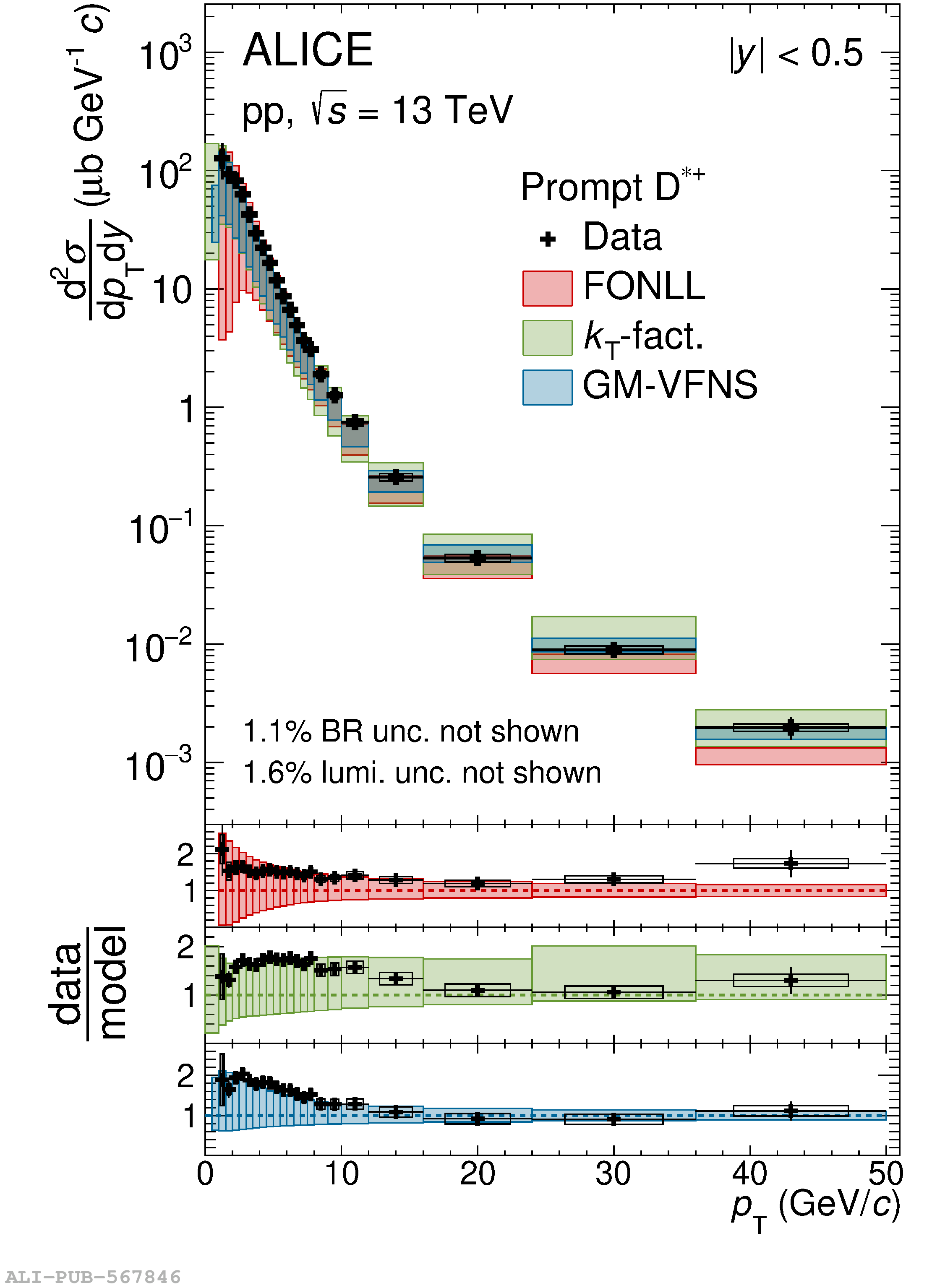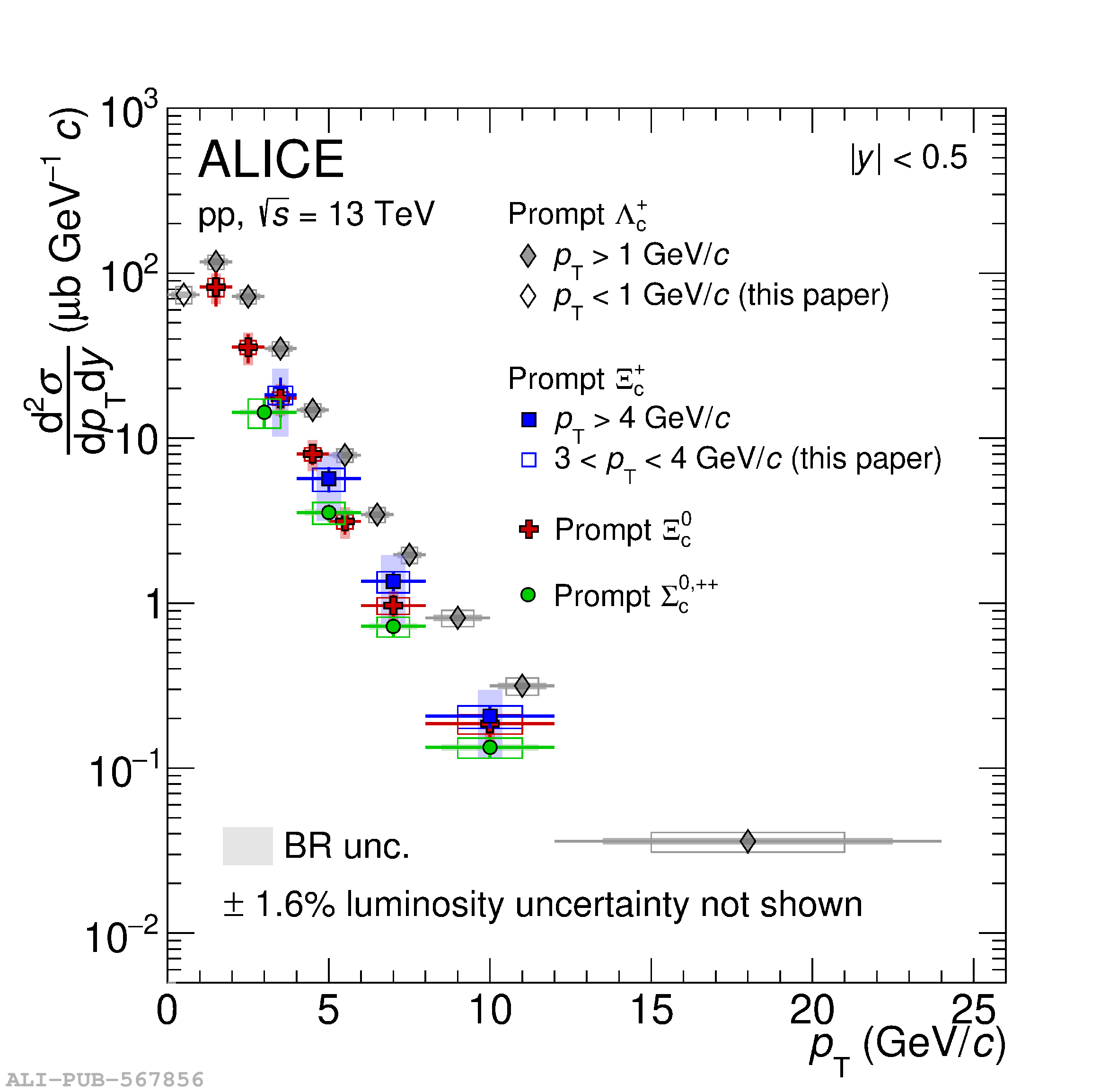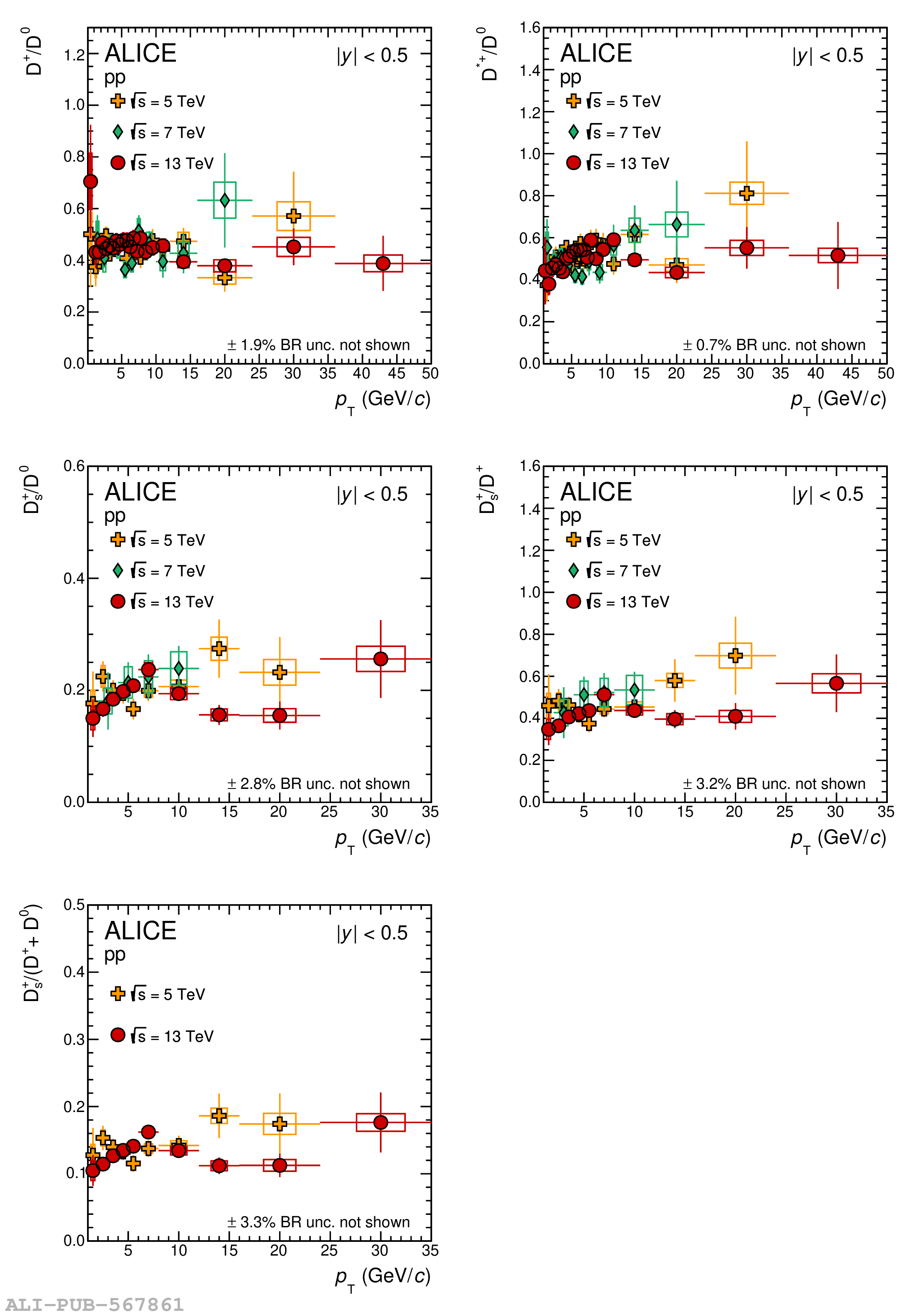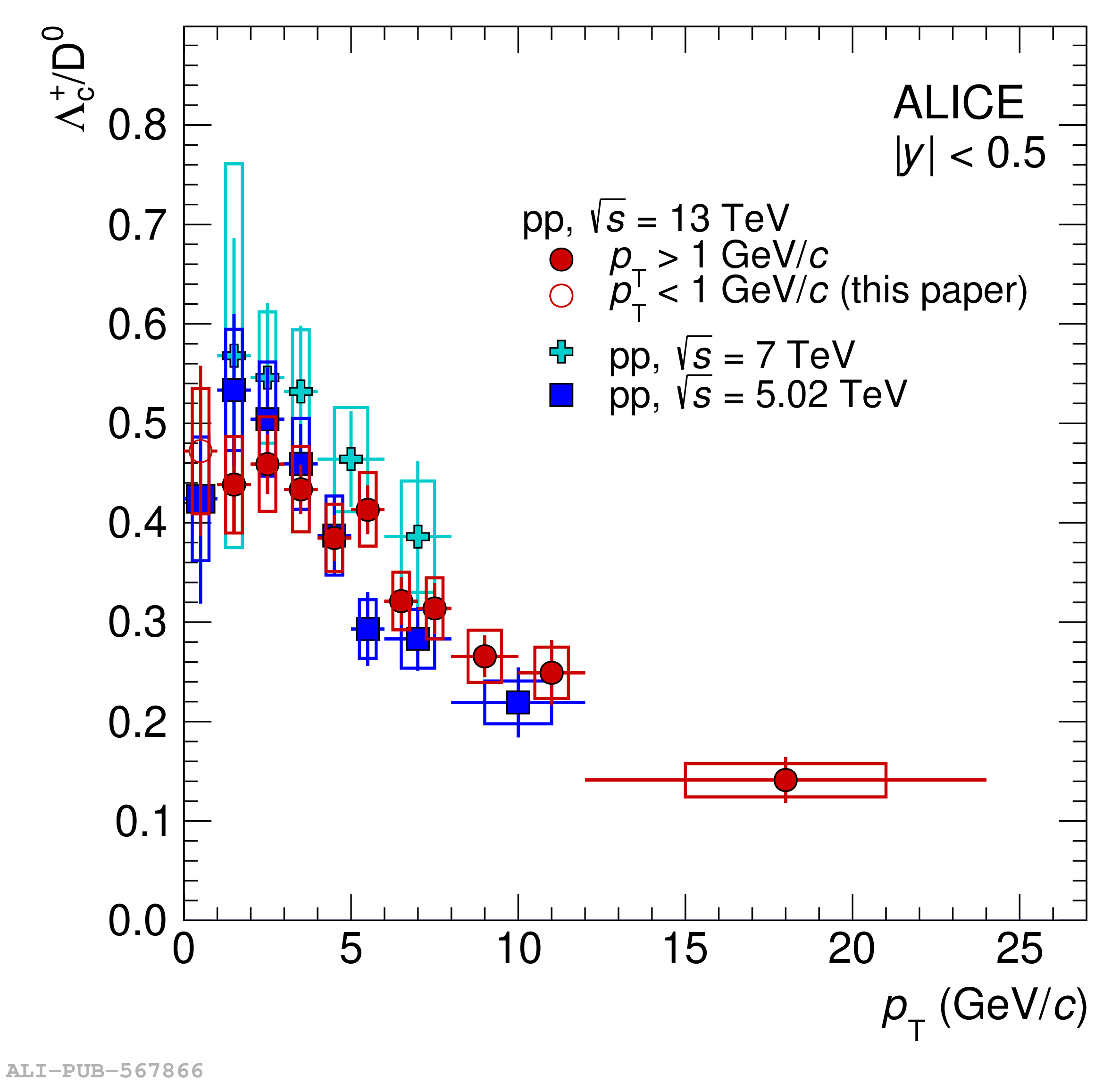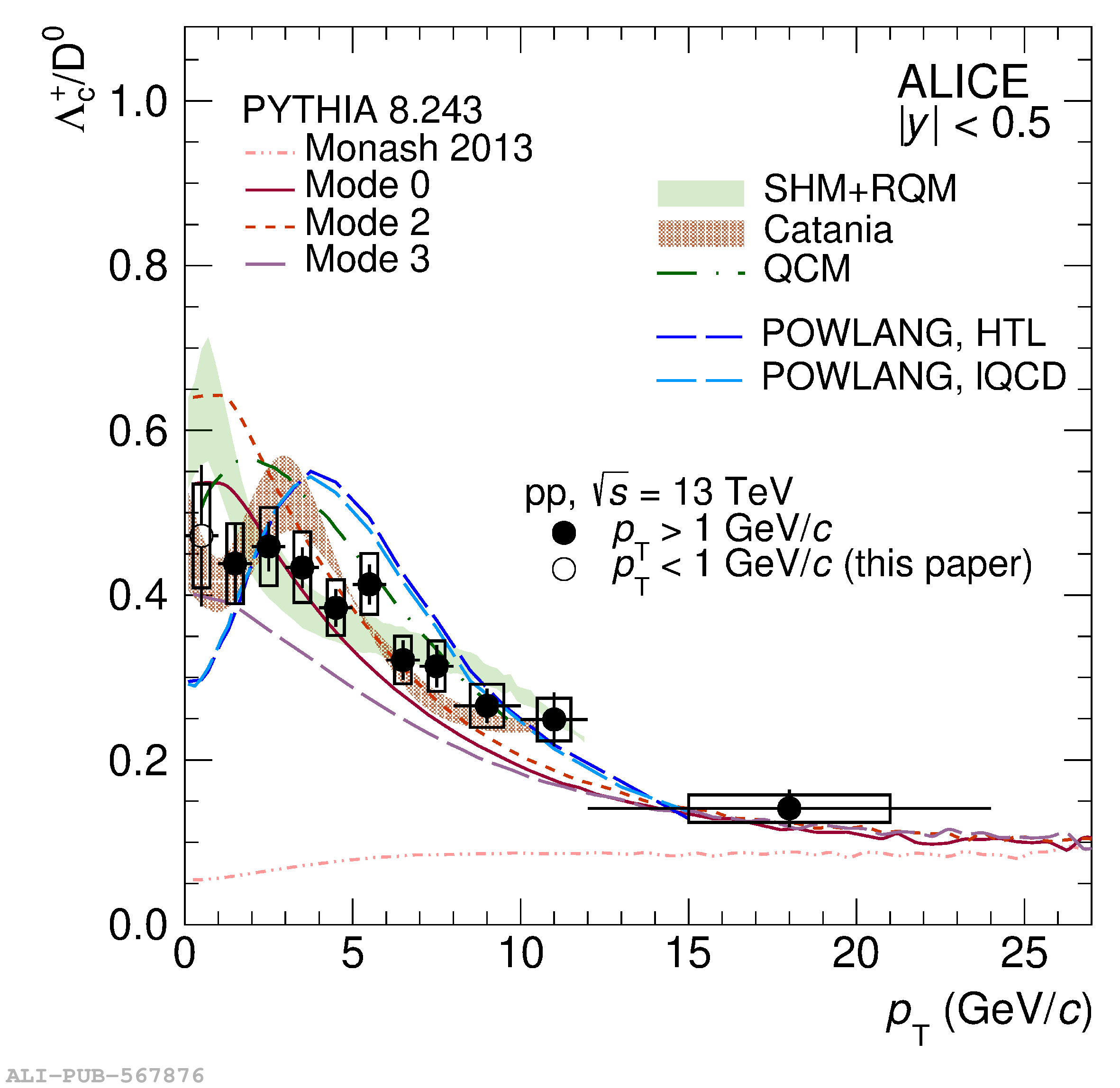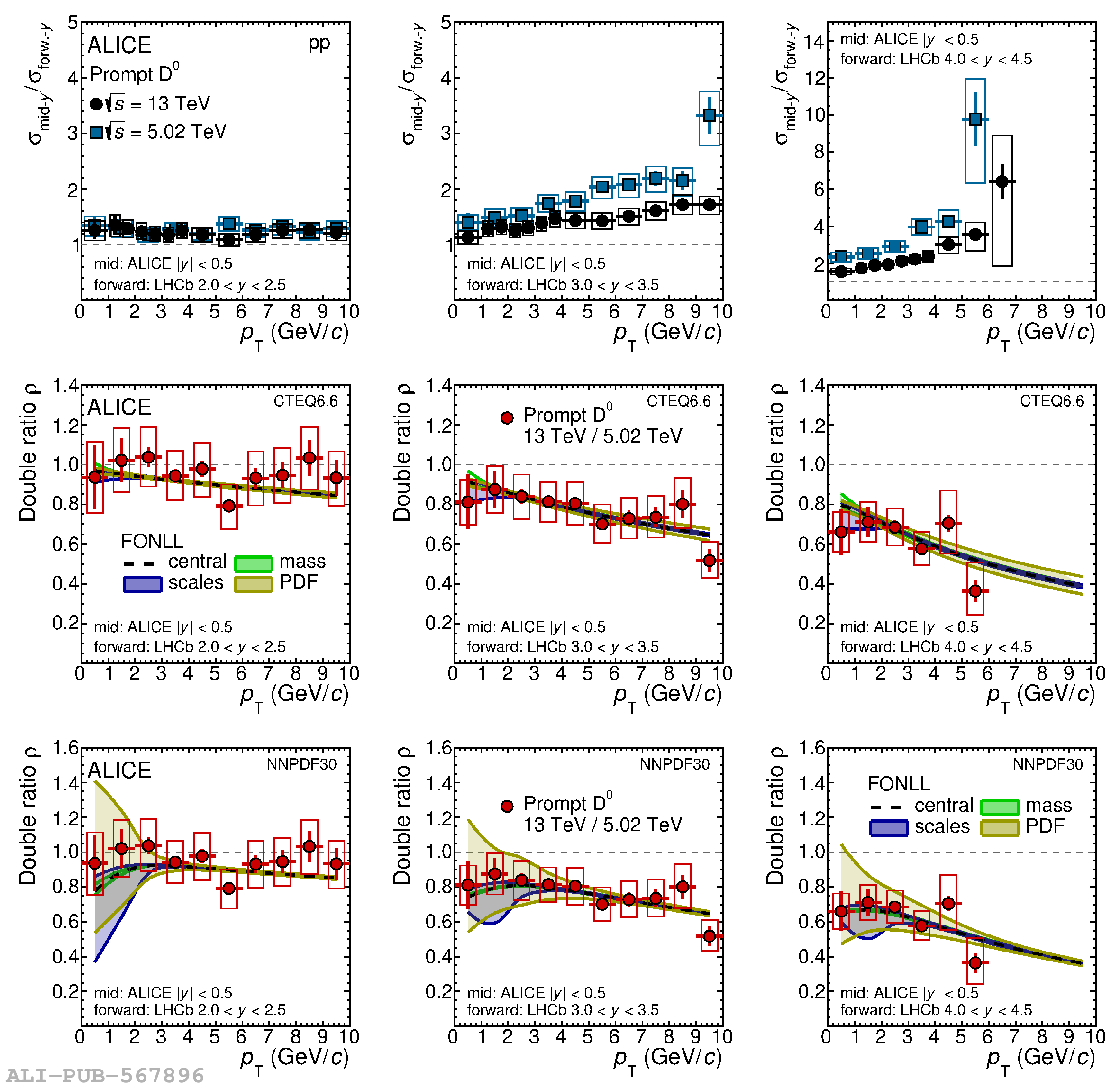Measurements of the production cross sections of prompt ${\rm D^0}$, ${\rm D^+}$, ${\rm D^{\ast +}}$, ${\rm D_s^+}$, ${\rm \Lambda_{c}^{+}}$, and ${\rm \Xi_{c}^{+}}$ charm hadrons at midrapidity in proton$-$proton collisions at $\sqrt{s}=13$ TeV with the ALICE detector are presented. The D-meson cross sections as a function of transverse momentum ($p_{\rm T}$) are provided with improved precision and granularity. The ratios of $p_{\rm T}$-differential meson production cross sections based on this publication and on measurements at different rapidity and collision energy provide a constraint on gluon parton distribution functions at low values of Bjorken-$x$ ($10^{-5}-10^{-4}$). The measurements of ${\rm \Lambda_{c}^{+}}$ (${\rm \Xi_{c}^{+}}$) baryon production extend the measured $p_{\rm T}$ intervals down to $p_{\rm T}=0(3)$~GeV$/c$. These measurements are used to determine the charm-quark fragmentation fractions and the ${\rm c\overline{c}}$ production cross section at midrapidity ($|y|<~0.5$) based on the sum of the cross sections of the weakly-decaying ground-state charm hadrons ${\rm D^0}$, ${\rm D^+}$, ${\rm D_s^+}$, ${\rm \Lambda_{c}^{+}}$, ${\rm \Xi_{c}^{0}}$ and, for the first time, ${\rm \Xi_{c}^{+}}$, and of the strongly-decaying J/$psi$ mesons. The first measurements of ${\rm \Xi_{c}^{+}}$ and ${\rm \Sigma_{c}^{0,++}}$ fragmentation fractions at midrapidity are also reported. A significantly larger fraction of charm quarks hadronising to baryons is found compared to e$^+$e$^-$ and ep collisions. The ${\rm c\overline{c}}$ production cross section at midrapidity is found to be at the upper bound of state-of-the-art perturbative QCD calculations.
JHEP 12 (2023) 086
HEP Data
e-Print: arXiv:2308.04877 | PDF | inSPIRE
CERN-EP-2023-162
Figure group



